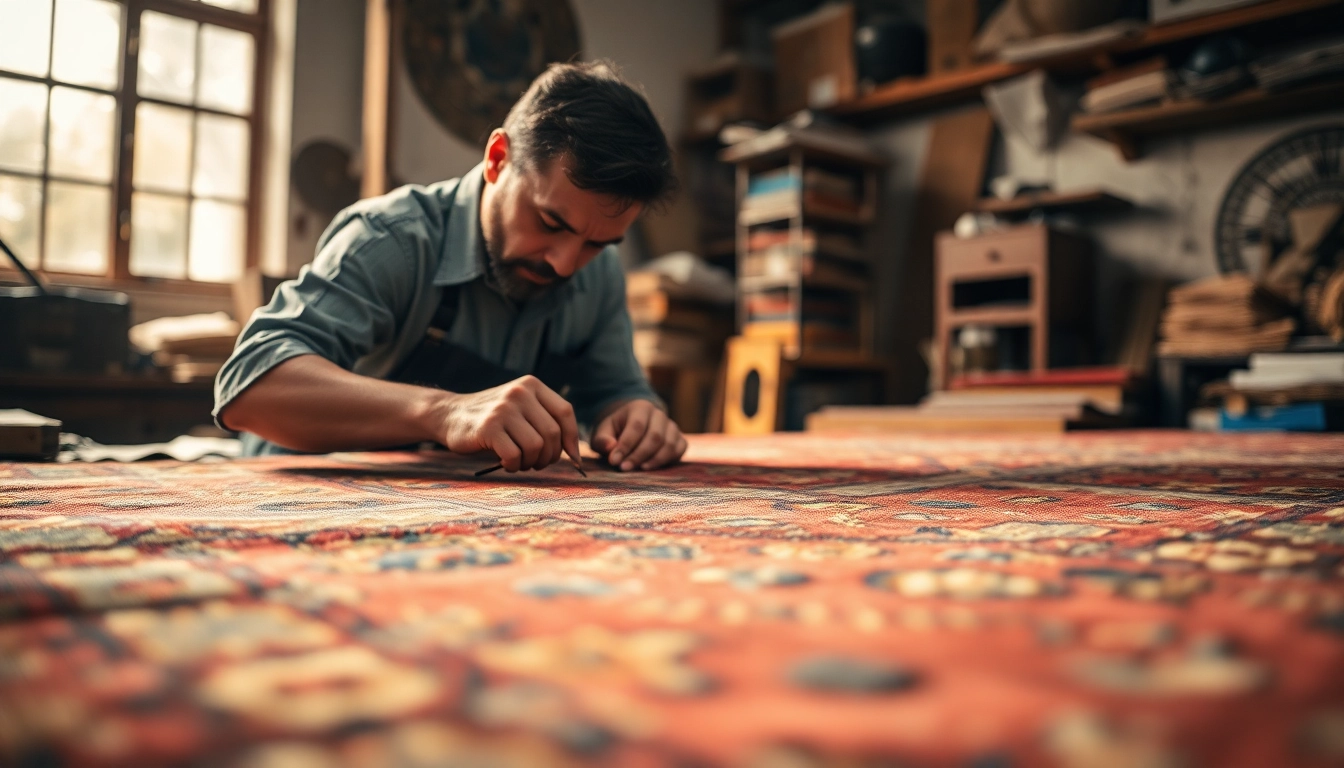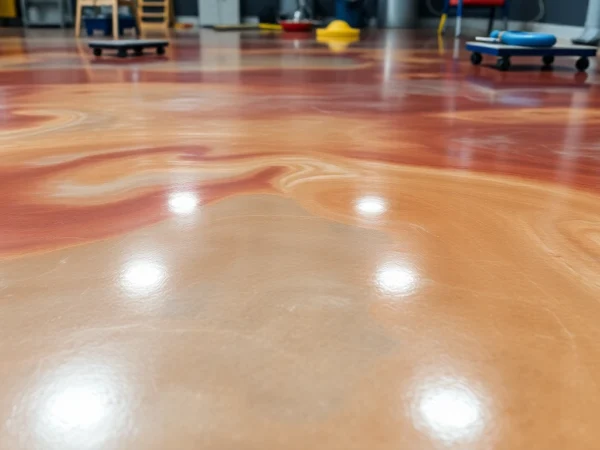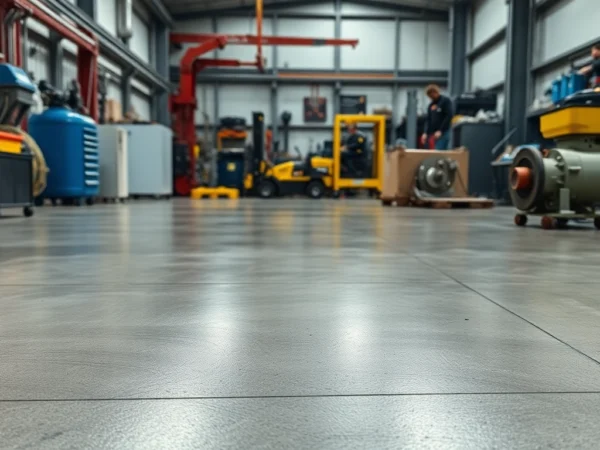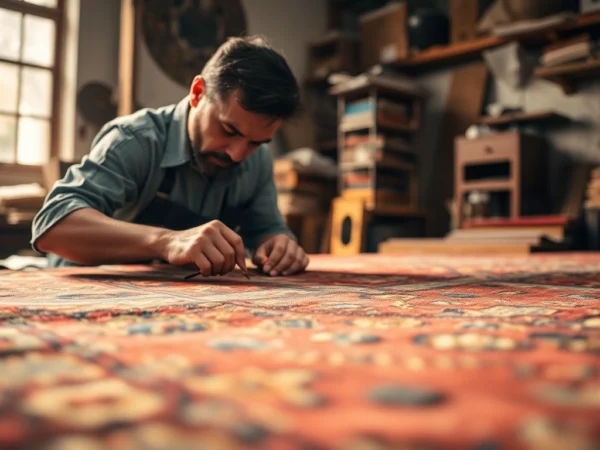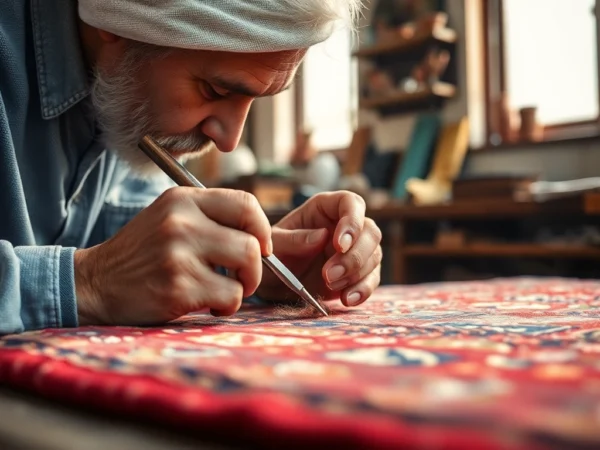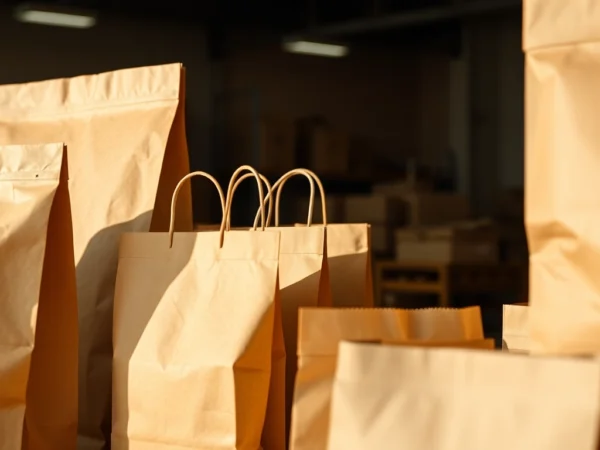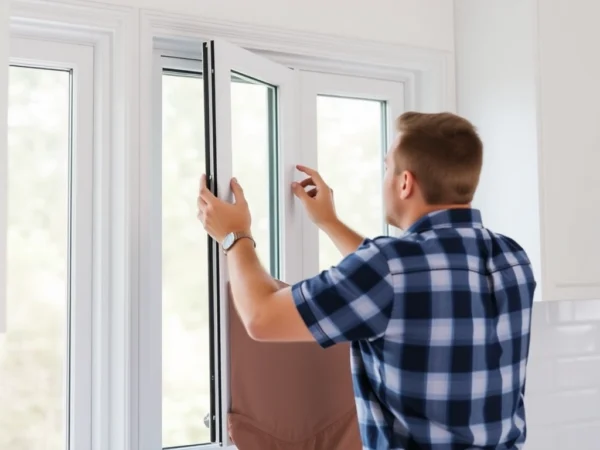Expert Restauro Tappeti Milano: Preserving Elegance and Craftsmanship
Understanding the Restauro Tappeti Milano Process
1.1 Key Techniques Used in Professional Rug Restoration
Professional rug restoration in Milan employs a variety of sophisticated techniques tailored to preserve the integrity, beauty, and durability of each piece. These methods include meticulous cleaning, color stabilization, patching damaged areas, and restoring fringe and edges. One central technique is hand-guided patching, which involves replacing torn or missing sections with carefully selected new fibers, often sourced from similar materials to maintain authenticity. Another vital process is dedicated dye restoration, where artisans preserve original colors or revive faded hues using natural or fixed dyes, ensuring the rug’s aesthetic appeal remains intact.
Equally important is fringe restoration, where frayed or missing fringes are repaired or reconstructed, restoring the rug’s traditional appearance. Advanced methods such as re-weaving or re-knitting are also employed, especially on antique rugs with complex knotwork. These techniques require highly skilled artisans trained in traditional craftsmanship, ensuring each restoration respects the rug’s historical and artistic value. High-quality restorers in Milan combine these methods with modern tools to enhance precision and efficiency, delivering a seamless blend of tradition and innovation.
1.2 Common Damages Addressed During Restoration
Rugs, especially antique and oriental pieces, face numerous types of damages that require expert intervention. Common issues include
- Physical Tears and Holes: Often caused by mishandling, moth damage, or age, these require patching, re-weaving, or mending to restore structural integrity.
- Color Fading and Discoloration: Usually due to sunlight exposure or cleaning agents, fading affects aesthetic appeal but can be restored through careful dye correction.
- Fraying and Worn Edges: Fringes and borders tend to wear out over time, risking further unraveling; restoration involves re-placing fringes or reinforcing edges.
- Stains and Spots: From pet accidents or spills, stains threaten the fabric; professional cleaning and stain removal techniques are employed to eliminate deep-seated marks.
- Burns and Chemical Damage: Accidental burns or harsh chemicals can cause irreparable damage, but sometimes patchwork and reinforcement help salvage the rug.
Each damage requires a tailored approach, combining traditional craftsmanship with contemporary methods to ensure the durability and beauty of the restored piece.
1.3 How Restoration Benefits Rug Longevity and Value
Engaging in professional restoration significantly extends a rug’s lifespan, allowing cherished pieces to be preserved for future generations. Proper restoration repairs structural damages, protects against further deterioration, and maintains the rug’s original aesthetic characteristics. Additionally, a well-restored rug can enhance its market value, especially when restoration processes document the work undertaken, confirming authenticity and craftsmanship. Restoring a rug also preserves its historical significance, which can be a compelling factor in valuation, especially for antique and Persian pieces with cultural heritage.
Moreover, routine maintenance through professional restoration reduces long-term costs. Small damages fixed early prevent more extensive deterioration that would otherwise necessitate costly replacements or exclusions from collection. Ultimately, restoration preserves not just the physical object but also the stories and artistry embodied within each rug, reinforcing their importance as cultural artifacts and decorative assets.
2. Choosing the Right Restauro Tappeti Milano Service
2.1 Factors to Consider: Experience, Certifications, Reputation
Selecting a reputable restoration service in Milan requires evaluating several critical factors. First, experience is paramount; a provider with decades of service demonstrates mastery over a broad range of techniques and familiarity with various rug styles, from antique Persian to modern geometric designs. Certification from recognized industry associations further affirms professionalism and adherence to high standards.
Reputation is equally essential—reviews, testimonials, and case studies offer insights into the quality and consistency of their work. An established firm like Persia&Tappeti, with over 20 years of experience, exemplifies reliability. Also, transparency in processes, clear pricing, and the ability to provide detailed assessments ensure confidence in your choice. Visiting their workshop or requesting references allows clients to gauge the craftsmanship firsthand and confirm their expertise.
2.2 Questions to Ask Before Committing to a Restoration
Before entrusting your rug to a restoration provider, prepare a list of targeted questions:
- What specific techniques do you use for restoring damaged areas?
- Can you provide before-and-after photographs of similar projects?
- How do you ensure the authenticity and original colors of my rug are preserved?
- What is the typical timeline for restoration, and what are the key milestones?
- What guarantees or warranties do you offer on your work?
- How do you handle delicate or antique fabrics safely?
Clear communication about these points minimizes surprises and ensures expectations align with the service provided.
2.3 Comparing Costs and Timelines for Restoration Projects
In Milan, the cost of professional rug restoration varies widely, generally ranging from €50 to €1000 depending on the extent of damage, rug size, and complexity. Factors such as the type of fiber, age, and historical significance influence pricing. For example, repairing a small modern rug might be more affordable than restoring an intricately knotted antique Persian carpet.
Timelines also depend on project complexity, typically spanning from a few days for minor repairs to several weeks for extensive restoration. Reputable services provide detailed estimates and timelines upfront—an essential step to planning and budgeting. Comparing providers on these parameters enables clients to make informed decisions, balancing cost, quality, and urgency.
3. Cost and Value of Restauro Tappeti Milano
3.1 Typical Pricing Ranges and What Influences the Costs
The cost structure of rug restoration in Milan is influenced primarily by the level of damage, type of rug, materials involved, and labor intensity. Small repairs, such as fray reinforcement or cleaning, tend to be on the lower end, averaging €50-€150. Extensive repairs, detailed rewinding, or dye restoration can push costs upward, reaching €500-€1000 or more for valuable antiques.
Specialized restorations—like restoring a rare antique or intricate tribal piece—require highly skilled artisans and rare materials, adding to the expense. Damage assessment and detailed estimates help clients understand the scope and investments necessary for their specific piece.
3.2 How Restoration Can Increase Your Rug’s Market Value
Professionally restored rugs often see a tangible increase in market value. Restoration verifies the authenticity, enhances appearance, and extends longevity, making the piece more appealing to collectors and buyers. Documentation of restoration work adds provenance value, especially in high-end markets. An antique Persian rug with careful restoration can fetch significantly higher prices compared to an unimproved damaged piece.
Moreover, well-maintained, restored rugs retain or increase their desirability over time, especially when they are part of curated collections or displayed in prestigious settings, reinforcing their status as valuable assets.
3.3 Long-term Savings vs. Initial Investment in Restoration
While quality restoration incurs a cost upfront, it acts as a safeguard against the progressive deterioration of your rug. Investing in professional repairs now prevents more extensive and costly damages in the future, ultimately saving money over the long term. Regular maintenance combined with professional restoration preserves the rug’s structural and aesthetic integrity, avoiding premature replacement and maximizing its lifespan and value.
4. DIY Tips for Maintaining and Enhancing Tappeti
4.1 Daily and Seasonal Cleaning Routines
Maintaining your rug’s beauty with simple daily habits helps prevent dirt buildup and prolongs its lifespan. Regular vacuuming—on a gentle setting—removes surface dust, while rotating the rug periodically ensures even wear across the surface. Seasonal professional cleaning is recommended to deep-clean fibers and remove embedded dirt, pollutants, or pests that can damage the fibers over time.
4.2 Natural Remedies to Keep Rugs Vibrant
For periodic refreshment, natural cleaning remedies are effective. Lightly sprinkling bicarbonate of soda and vacuuming after 15-20 minutes can remove odors and rejuvenate fibers. Using diluted vinegar solutions or gentle herbal infusions can also help maintain color vibrancy without chemicals that might harm delicate fibers. Avoid harsh detergents and bleach, which can cause fading and deterioration.
4.3 When to Seek Professional Restoration
Recognizing signs that your rug needs professional attention is crucial. These include persistent stains, frayed edges, noticeable color fading, or structural damages like tears. Immediate restoration prevents further decay and preserves value. If your rug is an antique or a high-value collector’s piece, routine inspections by experts ensure early detection of any issues, keeping your investment protected.
5. Case Studies and Success Stories in Restauro Tappeti Milano
5.1 Restoring Ancient Persian Rugs: Before and After
An antique Persian rug suffering from extensive fading and moth damage underwent a comprehensive restoration involving dye touch-up, re-weaving, and fringe repair. The transformation not only restored its original aesthetic but also increased its market value. Such projects underscore the importance of expert craftsmanship in preserving cultural heritage while adding economic worth.
5.2 Repairing Damages from Pets and Accidents
Many clients in Milan seek restoration after pet-related damages or accidental spills. Skilled artisans use patching and cleaning techniques to remove stains and repair frayed areas, transforming damaged rugs into pristine decorative pieces. These success stories highlight how professional restoration can save sentimental or valuable items, extending their life and usability.
5.3 Customer Testimonials and Expert Insights
Clients consistently praise restoration services for their attention to detail, authenticity preservation, and customer-centric approach. Experts emphasize that early intervention and choosing experienced craftsmen are keys to achieving lasting results. Testimonials often mention the satisfaction of seeing a once-damaged rug transformed into a centerpiece of elegance and cultural significance.
